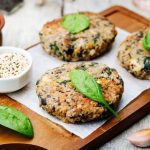Vegetable beverages and vegan ingredients
We conclude our research to discover vegan products with breakfast: it's time to talk about vegetable beverages, to be consumed in the morning together with coffee or in the kitchen for various sweet and savoury preparations. Before proceeding however, here are a few clarifications: our "pantry" is focused on products commonly considered vegan such as tofu and tempeh, but the fundamental ingredients for those who follow a plant-based diet are many more. Seeds, for example, rich in omega-3, and then tahini, essential for hummus - the favourite dish of many vegans - vegetable sweeteners such as agave maple syrup, aquafaba, or the cooking liquid of some legumes, to be whipped with a whisk and used instead of egg whites to obtain mousses, meringues or soft cakes. To discover the other essential elements in a vegan diet, you can consult our glossary.
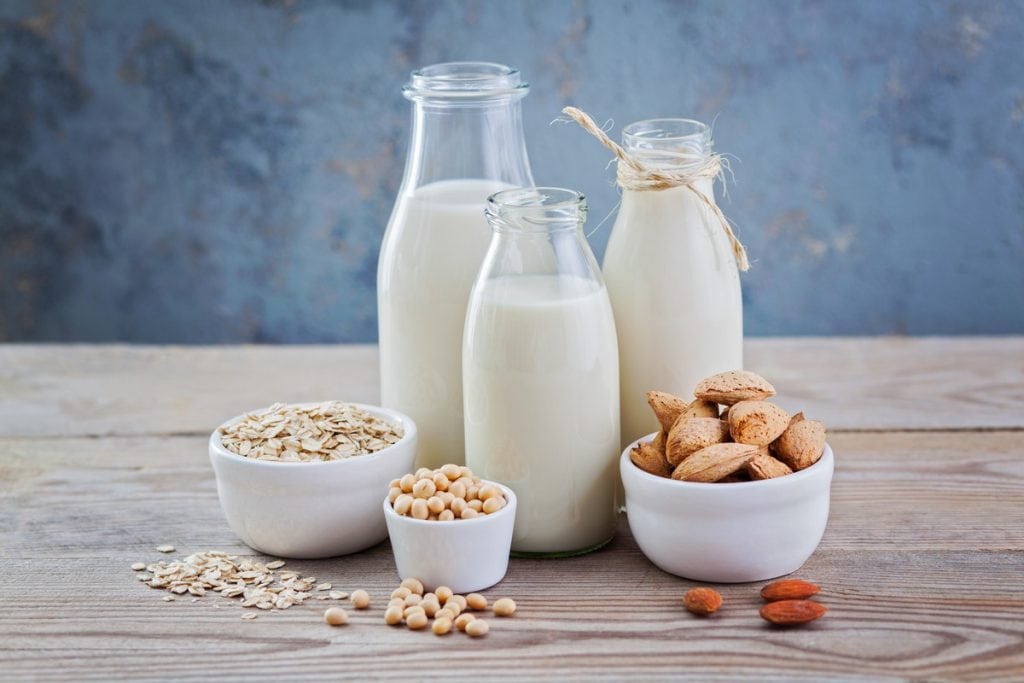
This last episode is dedicated to vegetable beverages: this is their correct name, because since the summer of 2017 the European Court of Justice has banned the term "milk" from the vegan market, decreeing the obligation of the wording "vegetable beverage," whether it be made with soy, rice, oats or coconut. Regardless of the name, there are many alternatives to cow's milk. Here are our favourites.
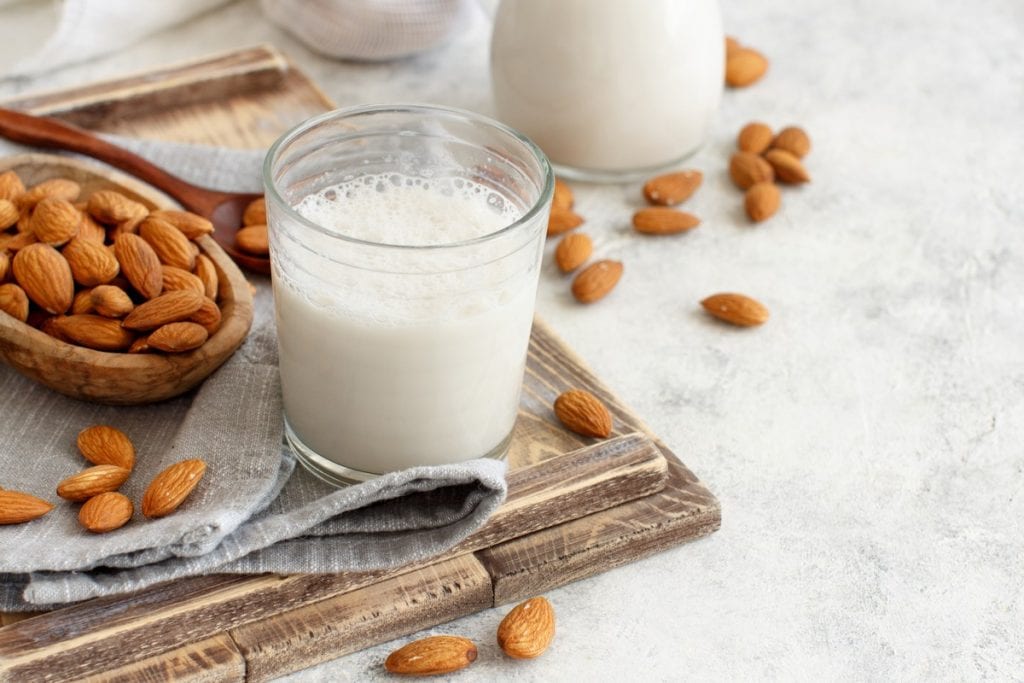
Almond beverage
The list of ingredients is really short (water, almond flour and sometimes vitamin E, a natural preservative and antioxidant), a feature that makes the beverage suitable for almost everyone (except, of course, those suffering from nut allergies). A product that contains antioxidants - primarily tocopherol - and unsaturated fatty acids (oleic and linoleic), as well as a good percentage of calcium, magnesium, zinc, phosphorus and potassium. Preparing the almond drink at home is very simple: previously soaked almonds are peeled and chopped, combined with sugar (if you choose to use it) or a little honey, and finally mixed with water in a mixer. Once the drink is obtained, you must filter it and keep it in the refrigerator in a tightly closed glass bottle. The doses vary according to personal tastes: generally, for 1 cup of almonds, you need about one quart of water. Use it to make a pudding with sugar and cornstarch.
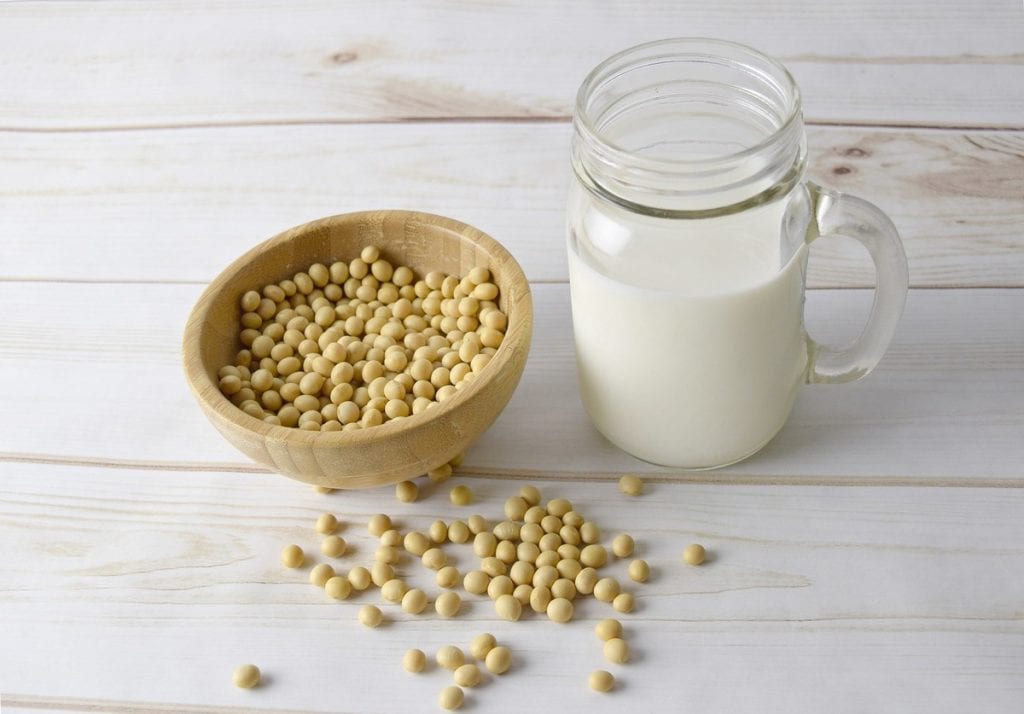
Soy beverage
A beverage originating in China, where soy (which is a legume) has been used since ancient times in various recipes: the first evidence of the product dates back to the Han Dynasty (206-220 AD), an experiment that soon spread to Japan and Korea. It consists of an emulsion of fat, water and protein, containing approximately 3% protein, 2% fat and carbohydrates, and 0.3% minerals. The drink is rich in vitamin B2 and phosphorus, with few calories and a low glycemic index. Its uses in cooking and pastry are manifold: it can be used for sweet spreads and cakes, but also to make a fine plant-based béchamel (prepare the roux with 40 grams of extra virgin olive oil and 50 of flour, then add the soy beverage, a pinch of salt and a little nutmeg nutmeg). Thanks to its high protein content, the soy beverage is also one of the most suitable for steaming, to create cappuccino or whipped for plant-based mayonnaise.
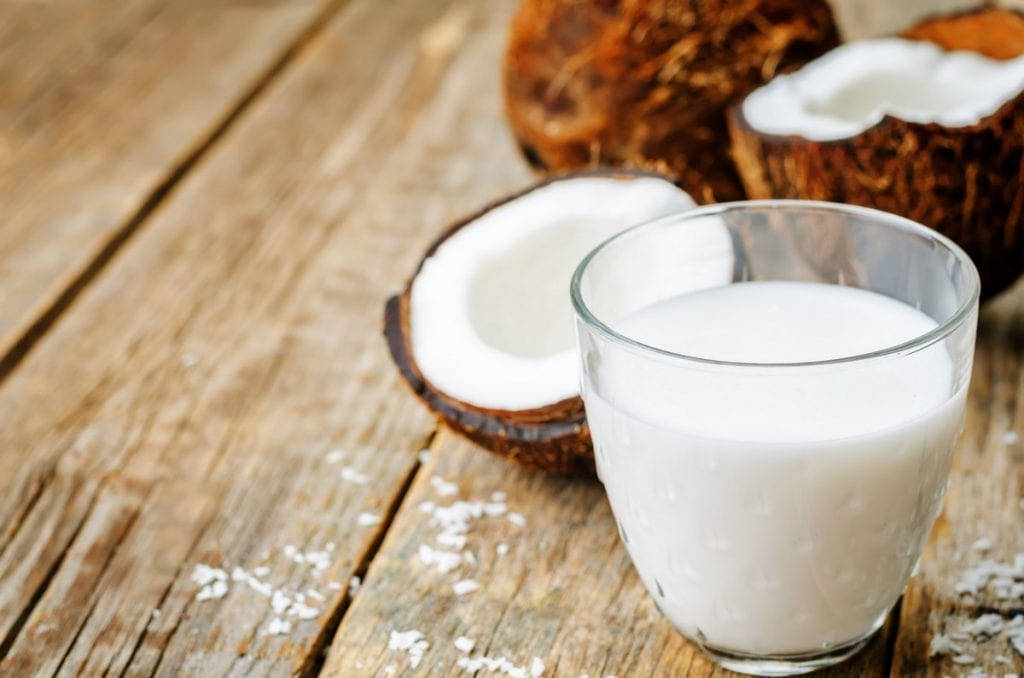
Coconut beverage
With a snow white colour and rather liquid, coconut beverage does not contain cholesterol and is very nutritious: it provides a good supply of calories and saturated fats, in particular medium-chain fatty acids, including lauric acid, a powerful antiviral and antibacterial. Furthermore, it raises levels of the so-called good cholesterol (HDL), with a positive effect on the cardiovascular system. It is also rich in magnesium and vitamins, especially C and E, which strengthen the immune system. Don't confuse it with the thicker and creamier "cooking" coconut milk, usually sold in cans or cartons and used for curry. Thanks to its sweetness, the coconut beverage is ideal for thickening morning porridge or for preparing tasty smoothies.
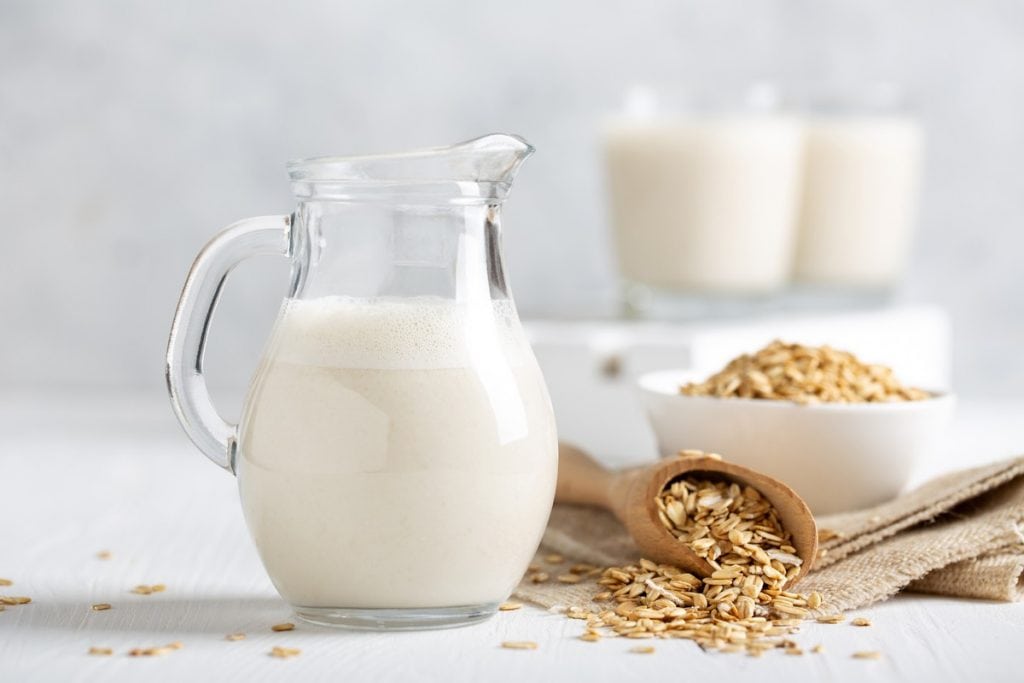
Oat beverage
Oats are grains that can be used in many different recipes, sweet and savoury, including drinks. The ingredient boasts high protein content, and a good percentage of linoleic acid, a valid ally for lowering the level of bad cholesterol and a precious element for the correct functioning of the body. Easily digestible and nutritious, oats provide slow-release energy, giving that pleasant sense of satiety and lightness. The vegan oat beverage has a moderate protein content, a good dose of essential amino acids and many fibres, useful for gut health. It is also rich in calcium: 100 grams of oat milk contain about 120 milligrams of calcium. On the other hand, the calorie content is low, while the presence of vitamin B should also be noted. Like soy, it can be useful in many preparations, or to add a creamy touch to dishes such as seitan scaloppine.
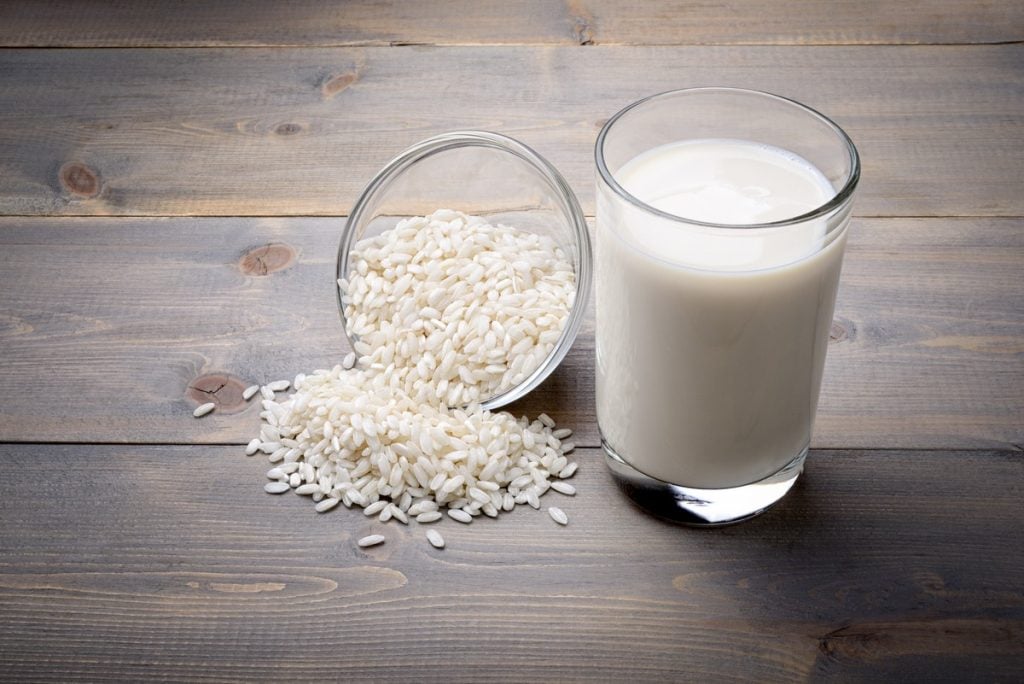
Rice beverage
Lots of simple sugars, derived from the spontaneous hydrolysis of starch, for an easy-to-digest energy drink. Cholesterol-free, the rice beverage is rich in polyunsaturated fatty acids, easily digestible by children and people with gastrointestinal disorders, also excellent for athletes, especially for those who love to run in the morning on an empty stomach. Preparing it at home is very simple: just cook the rice for about an hour in two parts of water, then let it rest - without stirring - for thirty minutes. Once the rice has absorbed all the water, the mixture must be blended (if necessary adding a little more water), and then filtered. It is advisable to store it in a tightly closed glass bottle in the refrigerator for up to three days. The distinctly sweet note of the beverage makes it suitable for the preparation of mousses and spreads, puddings and sweet flans, but the rice drink is also the best solution for those who do not like the taste of coffee on its own and are looking for softer flavours.
Vegan torta della nonna recipe
For the pastry cream
500 ml soy or oat beverage
40 g cornstarch
80 g sugar
Zest of 1 lemon
A pinch or turmeric
For the crust
500 g flour
230 g seed oil or extra virgin olive oil
140 g sugar
100 g plant-based beverage of your choice
½ tsp yeast
For garnish
Pine nuts
Icing sugar
Start by preparing the pastry cream. Add the lemon zest to the beverage together with sugar and cornstarch into a saucepan. Place on the stove and thicken over low heat, stirring with a whisk. Add a pinch of turmeric (it only serves to lend its yellow colour) and continue to mix until the cream has thickened completely. Pour into a container and cover with cling film to prevent lumps forming.
While the cream cools to room temperature, prepare the pastry crust. Combine all ingredients together in a bowl, knead until the mixture becomes smooth and evenly mixed. Vegan shortcrust pastry doesn't need to rest in the refrigerator, so you can roll it out immediately on a baking tray lined with parchment paper, keeping part of it for the top layer
Prick the pastry crust with a fork, fill it with the cooled pastry cream and cover with another layer of pastry crust. Sprinkle the surface with pine nuts and bake at 180°C for about 30 minutes (the pastry will continue to harden once out of the oven). Sprinkle the cake with icing sugar and serve with a good cup of tea.
by Michela Becchi

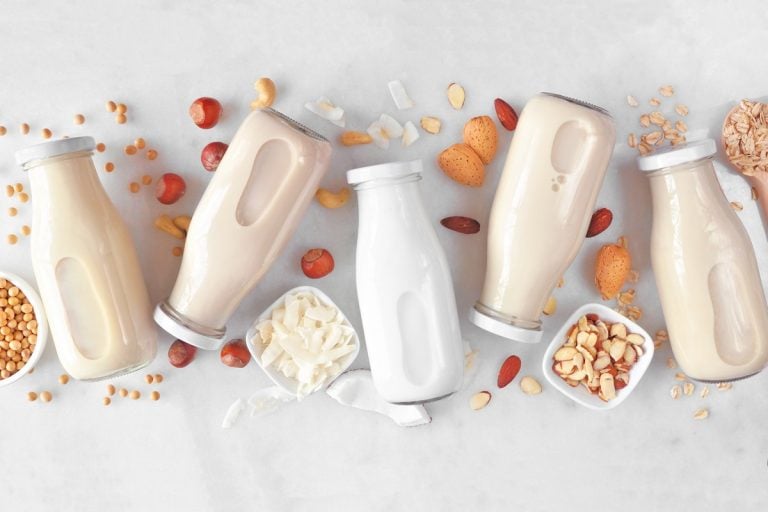
 Non-alcoholic wines? Call them what you want, but they’re still a derivative of wine.” An Interview with Martin Foradori
Non-alcoholic wines? Call them what you want, but they’re still a derivative of wine.” An Interview with Martin Foradori The 8 best Trentodoc wines chosen by Gambero Rosso
The 8 best Trentodoc wines chosen by Gambero Rosso A Piedmont wine enters the top ten of Wine Spectator's "Top 100"
A Piedmont wine enters the top ten of Wine Spectator's "Top 100" Sparkling wines surpass still wines in Italian out-of-home consumption. Most popular during the aperitif
Sparkling wines surpass still wines in Italian out-of-home consumption. Most popular during the aperitif American Barbecue wins a Michelin star for the first time in history
American Barbecue wins a Michelin star for the first time in history